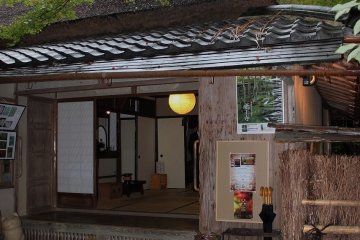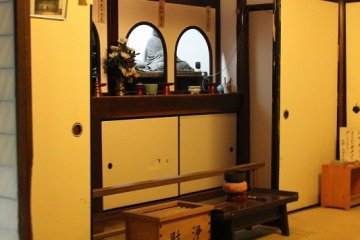Continued from part 3.
1,200 years ago where Adashino Nenbutsu-ji now stands, the famous priest Kobo Daishi (also known as Kukai) opened a Chisan sect Shingon Buddhist temple dedicated to Nyorai.
Much later the high priest Honen changed this to an Amida temple. As time went on over hundreds of years, the area became more and more associated with an open-air burial ground. During the Meiji Period, through the cooperation of local people, a separate prayer room inside the pagoda dedicated to the diety Sakyamuni was constructed.
Children that die young are found in a type of limbo between a peaceful after life and Hell. The goal is to cross a river of souls by bridging the deadly waters with stones. Here is called Sai no Kawara, roughly the "Dry Riverbed of the West".
The popular period poet Saigyō Hōshi remarked, "The only thing that should remain at Adashino should be the dew from the sea clinging to the grass and leaves." (*translator's interpreation). Surely this place has an atmoshpere that transcends human life. It is difficult to explain but can be felt when visiting. For Japan, you come here to repose for the lost souls.














